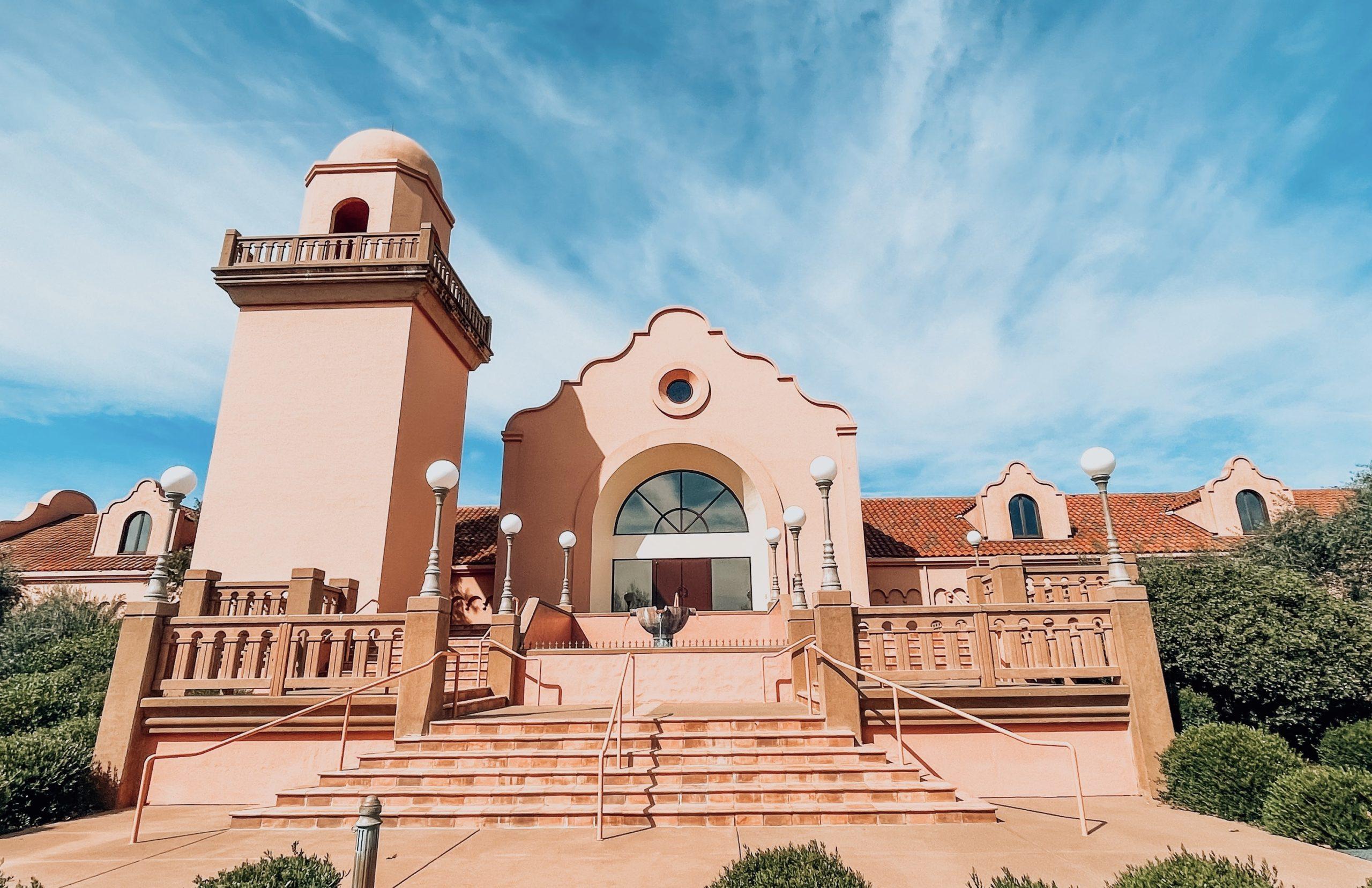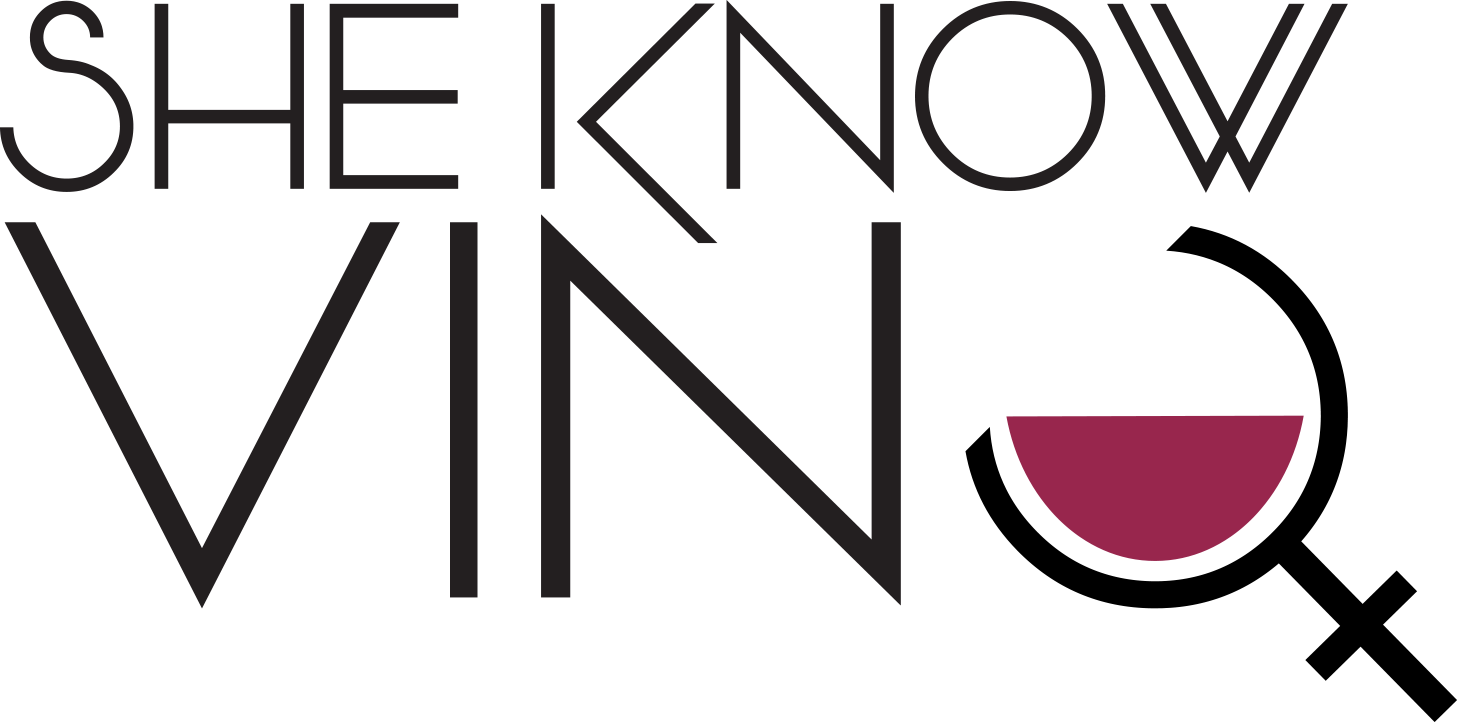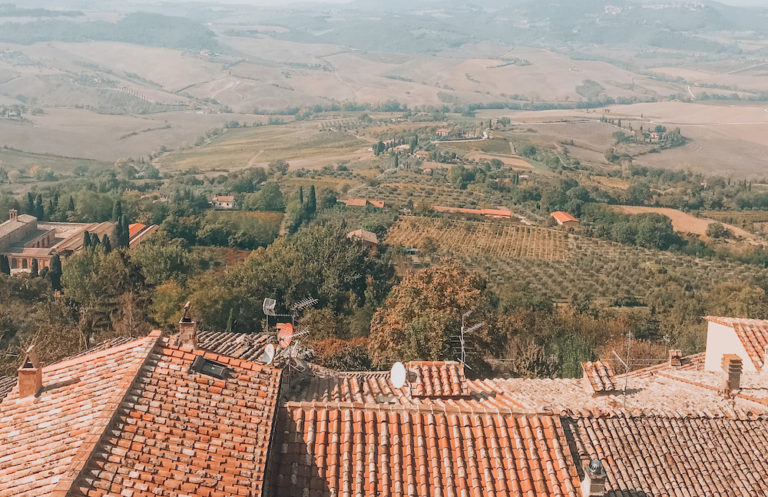Napa Valley Without the Snobbery
Get to Know Napa
Napa Valley is one of the most iconic wine regions in the world. Think wine royalty. It all started way back in 1839 when George Calvert Yount planted the first grapes. A few other key players, like John Patchett and Hamilton Walker Crabb, came along and introduced vitis vinifera grapes to the region. Basically, they helped kick off what would become a wine empire.
In 1861, Charles Krug opened Napa’s first commercial winery. That success lit a fire under the region and by 1889 there were already over 140 wineries. But things took a turn when phylloxera hit (it’s a root-eating pest and every grape grower’s worst nightmare). Then, Prohibition showed up in 1920 and said, “No wine for you.” Somehow, wineries like Beringer and Louis M. Martini survived by making sacramental wine for churches. Holy workaround.
Fast forward to 1976 and boom, the Judgment of Paris happened. It was a blind tasting in France where Napa’s Stag’s Leap Wine Cellars beat out the French in the Cabernet category, and Chateau Montelena took first place with their Chardonnay. Suddenly, Napa was no longer just a California gem. It was a global wine superstar.
Napa officially became an AVA (American Viticultural Area) in 1981, making it the first in California. The region’s got a dry, Mediterranean climate, with cool breezes from the San Pablo Bay to the south and warmer temps up north. It’s tucked between the Mayacamas and Vaca Mountains, and the soil is super diverse. You’ll find everything from clay and sand to gravel and volcanic rock.
There are 16 sub-regions (also called AVAs) within Napa Valley. Some of the most famous ones include Oakville, Rutherford, Stags Leap District, and Howell Mountain. But honestly, they all have something cool to offer.

Where to Sip
Napa has hundreds of wineries, which is amazing but also kinda overwhelming. Here are a few of my favorites that are totally worth adding to your itinerary:
Tank Garage Winery: A retro, gas station-turned-winery vibe. The wines are fun and made from unexpected grapes. The people here are super friendly, too.
Heitz Cellar: I interviewed here, so I got a peek behind the curtain and can confirm the winemaking team is very cool. Their wines are also next-level.
Stags’ Leap Winery: Don’t confuse it with Stag’s Leap Wine Cellars (I know, annoying). This one has jaw-dropping views and makes more than just Cab and Chard.
V. Sattui Winery: A great one-stop shop. You can try tons of different wines, grab some food from the market, and chill outside in the sunshine.
Chateau Montelena: Yes, the Chateau Montelena from the Judgment of Paris. The property is stunning and the wines live up to the hype.
Honig Vineyard & Winery: This place is beautiful and actually affordable. Their tastings are $40 per person, which is rare in Napa. The wines? So good.
Groth Vineyards & Winery: Okay, yes, they offered me a job, but I’d still recommend them even if they didn’t. The winery is gorgeous and their Chardonnay and Cabernet are worth the trip.

What to Drink (and What to Look For)
Cabernet Sauvignon: You’ll be tasting this everywhere, so lean in. Cabernet is Napa’s star and most wineries will have at least a few versions. Take notes so you remember which AVAs you vibe with most.
Chardonnay: Also a Napa staple. Personally, I think a lot of them are a bit too oaky and buttery for my taste, but if you love that style, you’re in the right place.
Anything That’s Not Cab or Chard: If you see something like Petit Verdot, Chenin Blanc, or literally anything offbeat on the tasting list, try it. It’s usually a small-batch project that the winemaker is really proud of. They’ll light up talking about it and it might end up being your favorite of the day.
Final Sip
You can find Napa wines almost anywhere, but nothing compares to visiting in person. Whether you’re there for the wine, the views, or just the vibes, Napa knows how to pour a good time.




